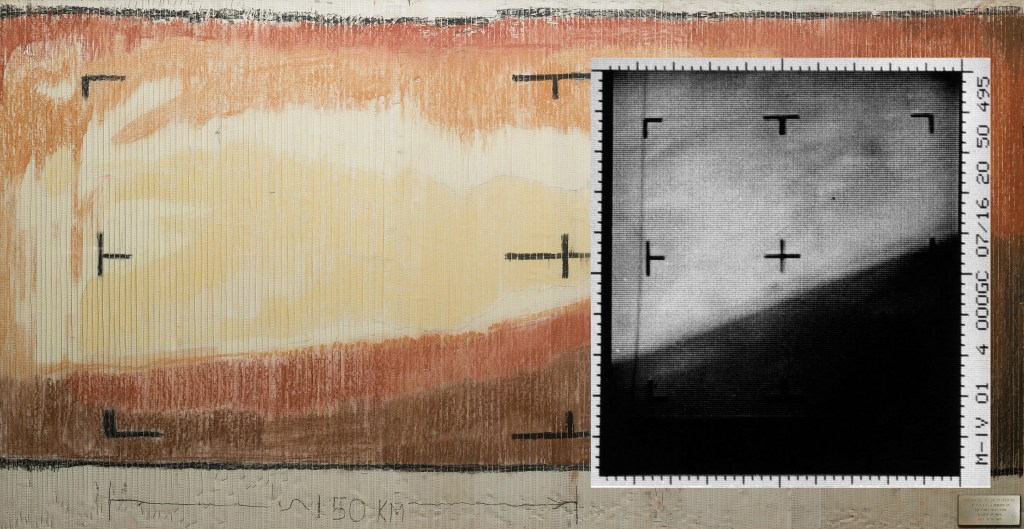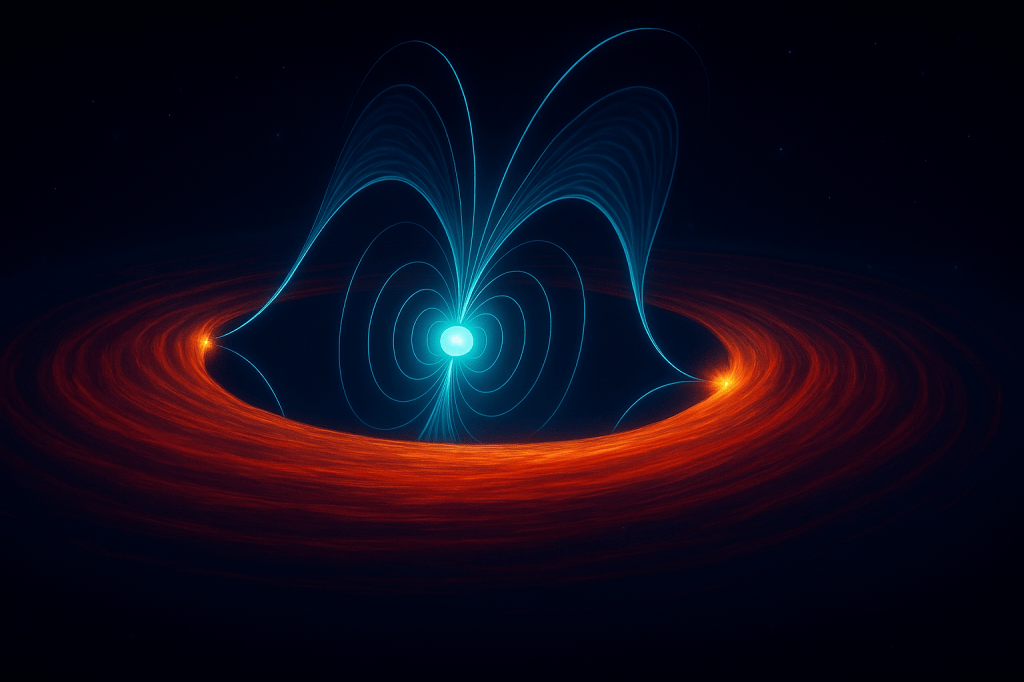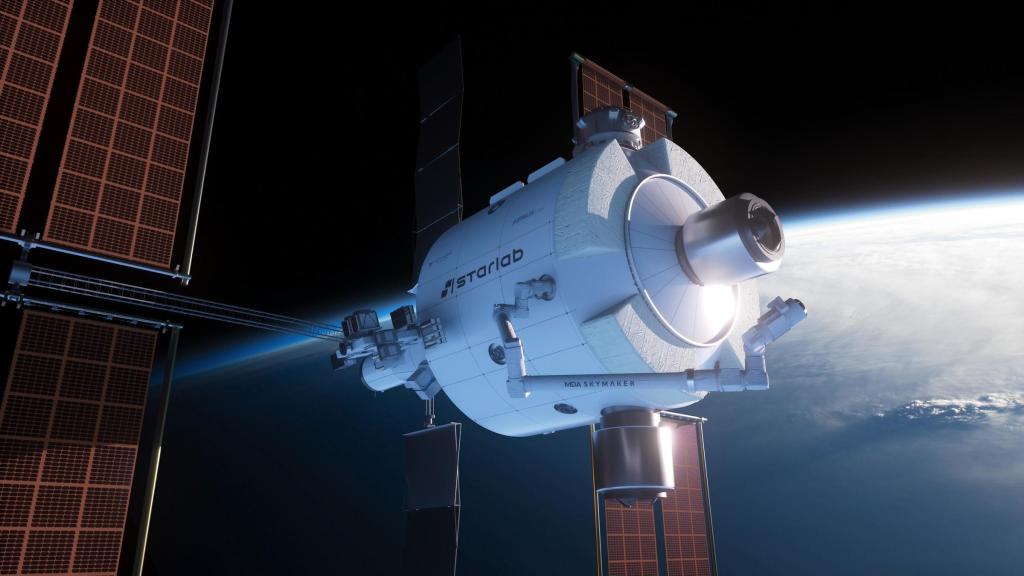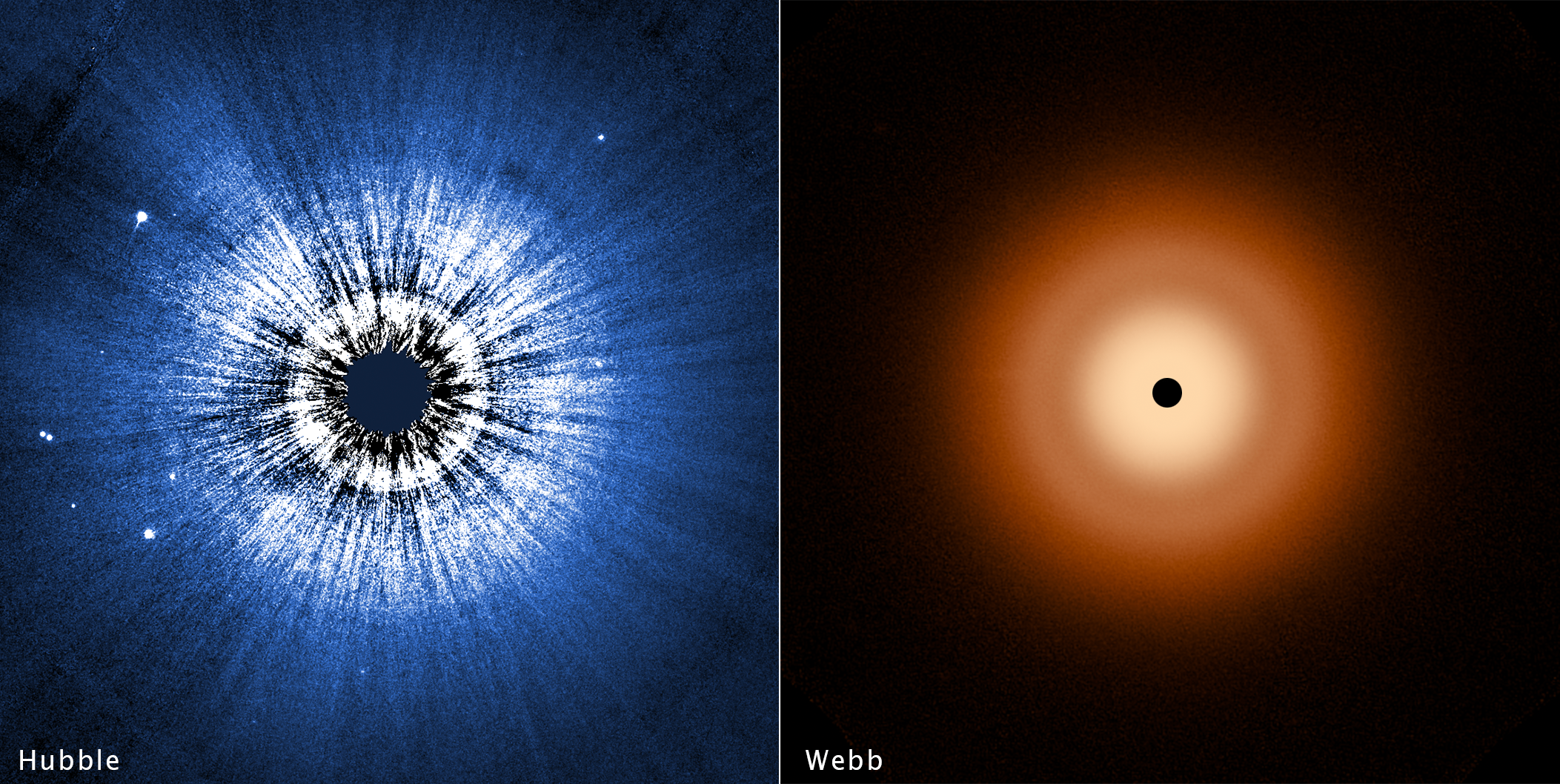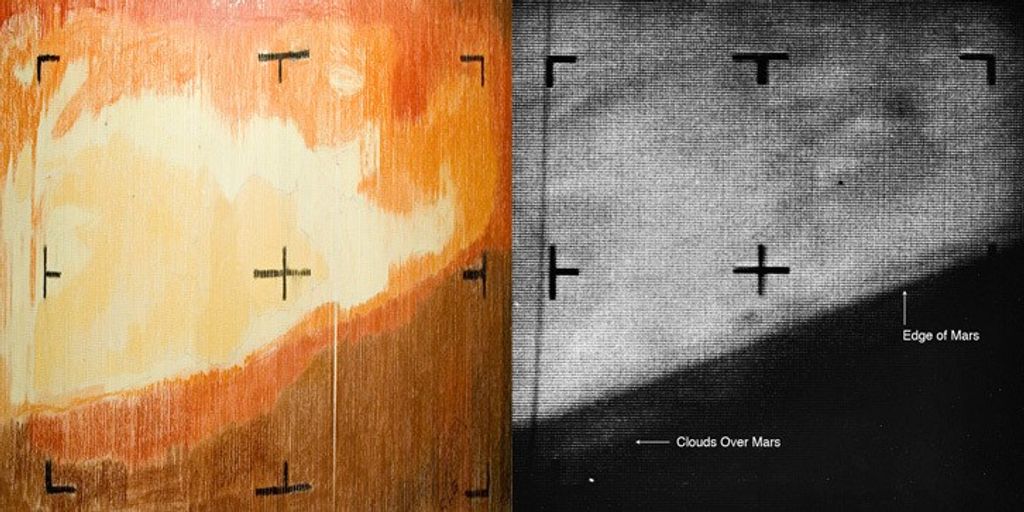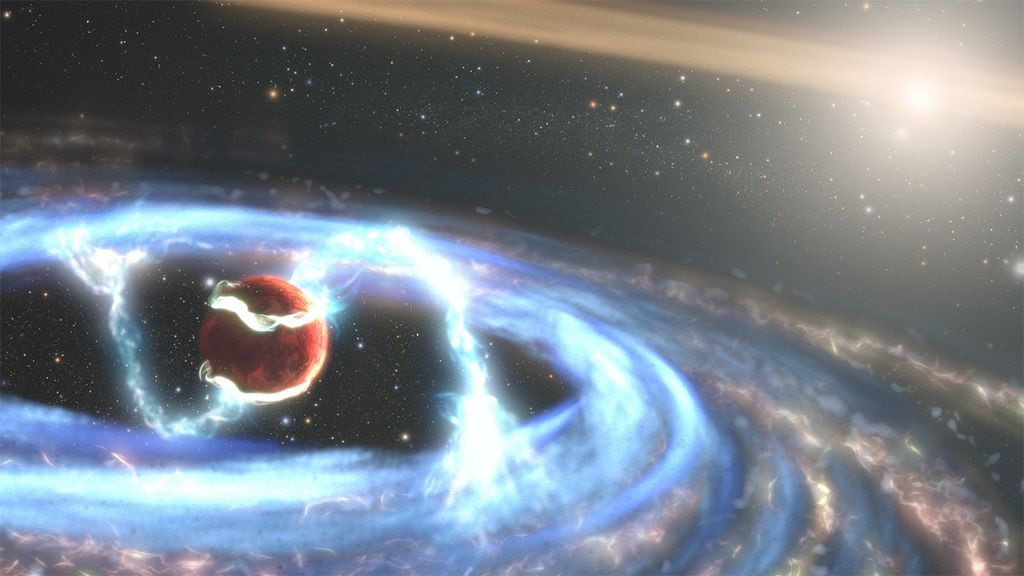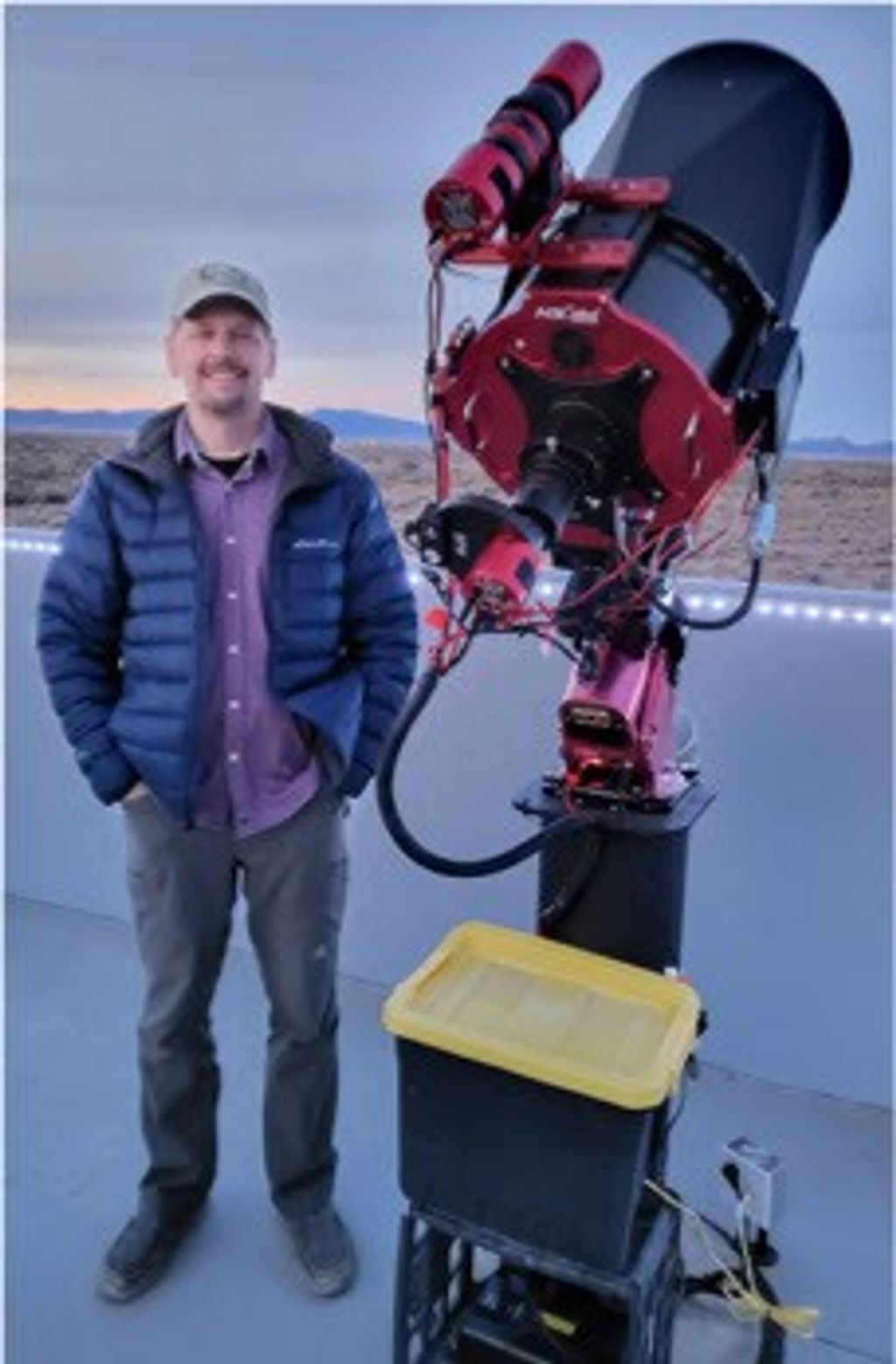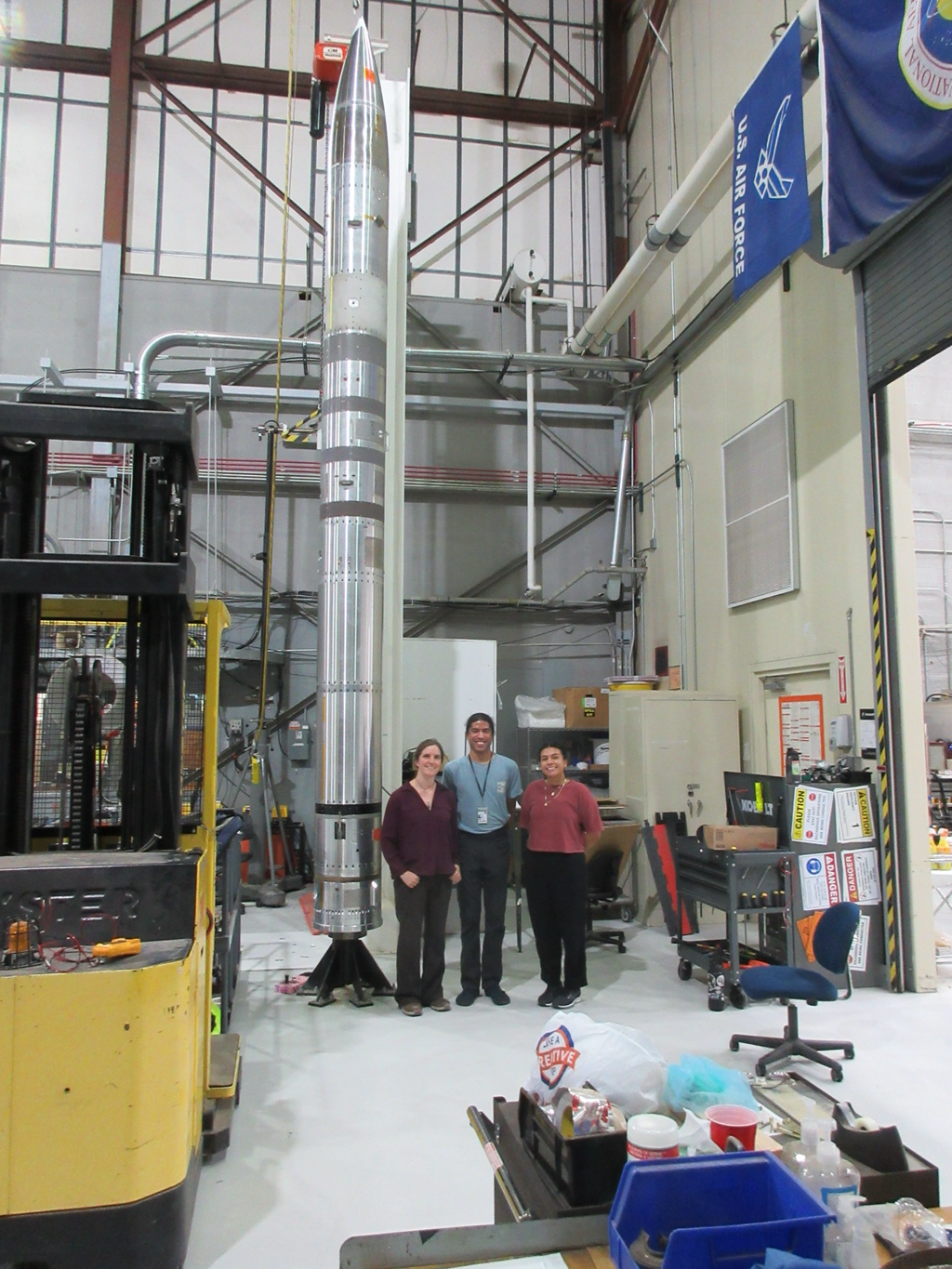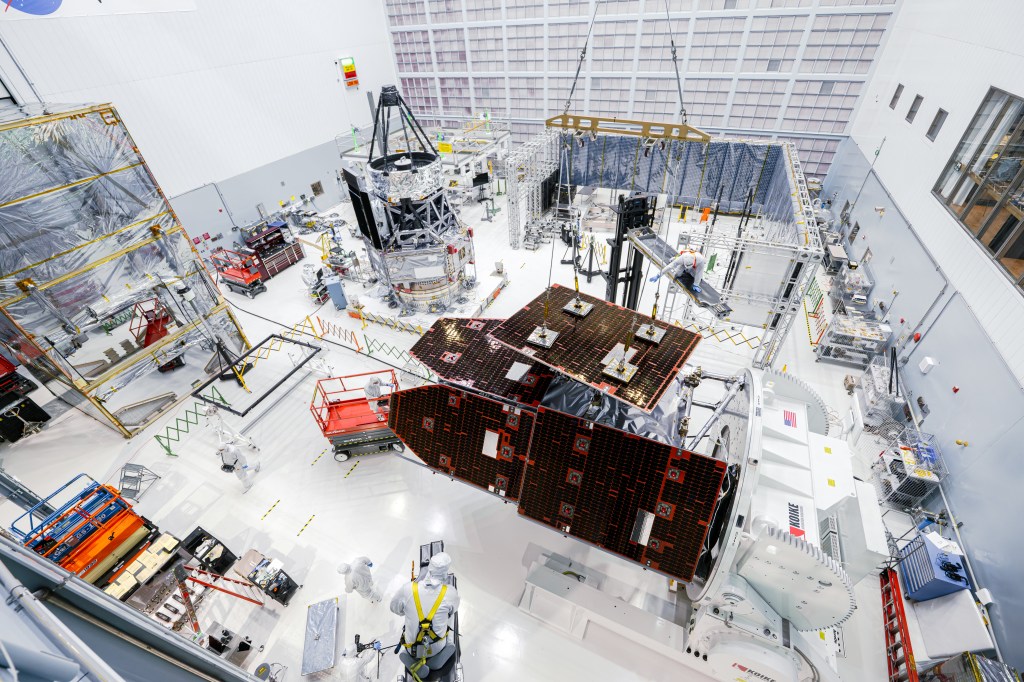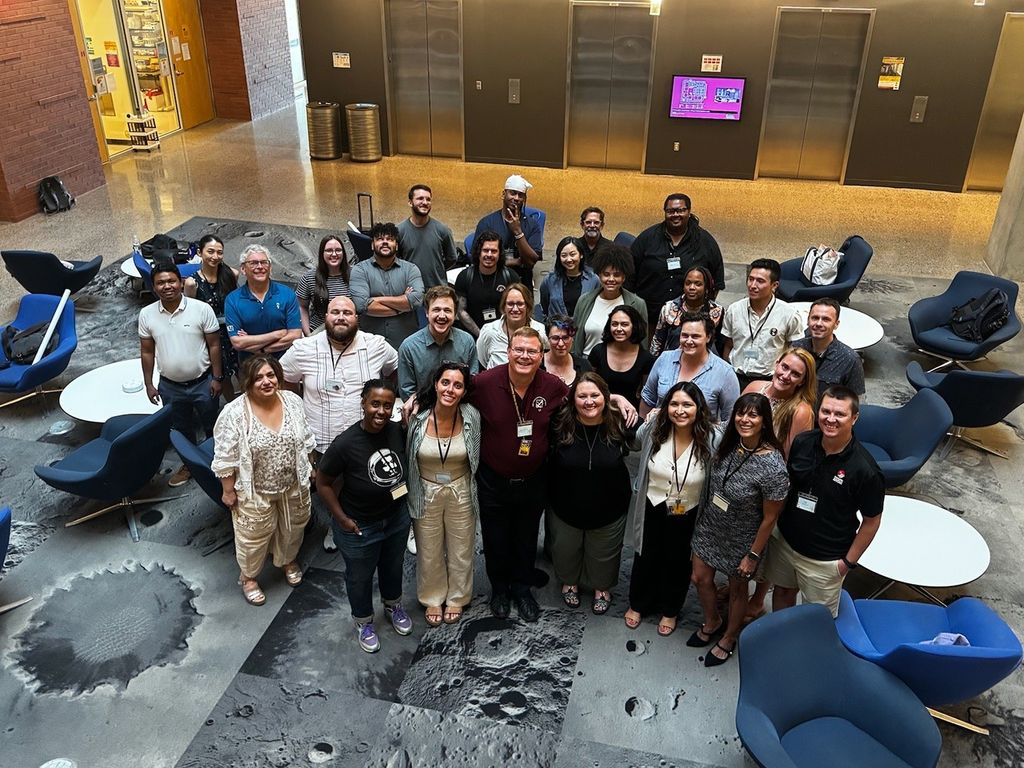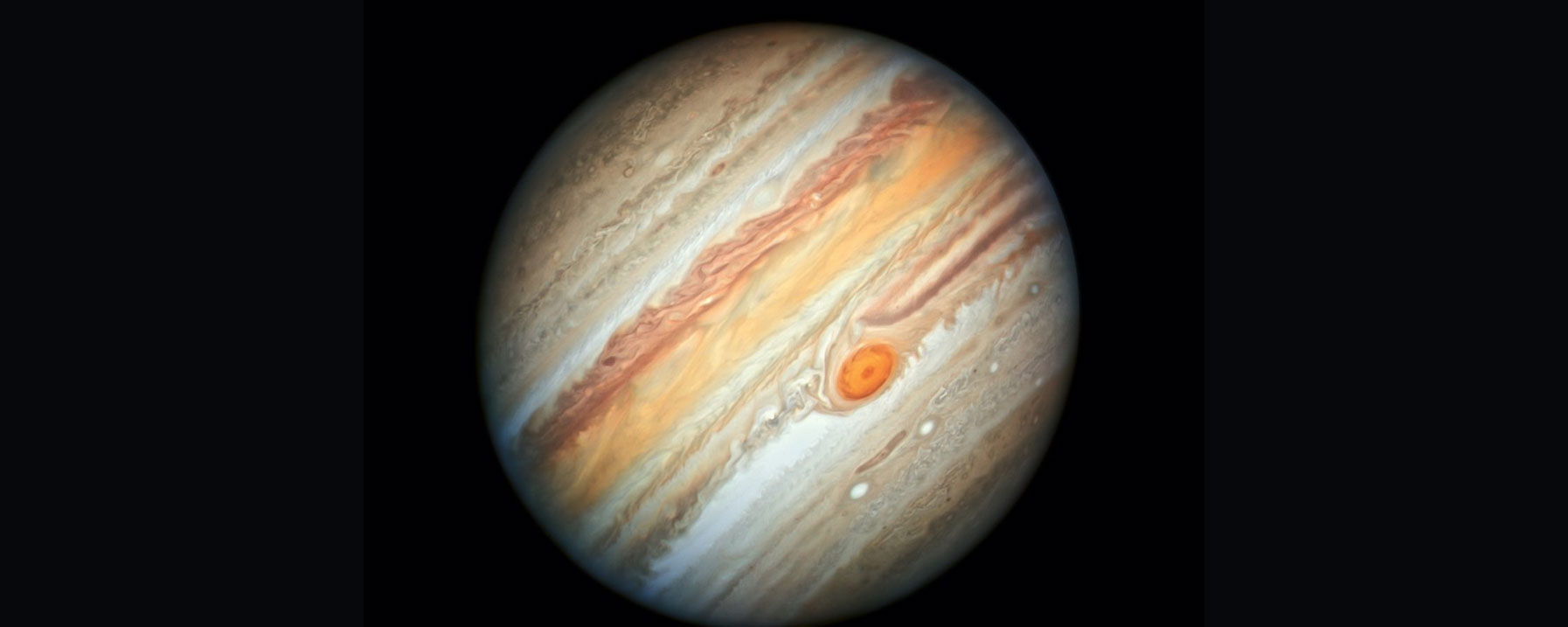Week of September 19 – September 23

DART Tests Autonomous Navigation System Using Jupiter, Europa
After capturing images of one of the brightest stars in Earth’s night sky, the Double Asteroid Redirection Test’s (DART) camera recently set its sights on another eye-catching spectacle: Jupiter and its four largest moons. As NASA’s DART spacecraft cruises toward its highly anticipated Sept. 26 encounter with the binary asteroid Didymos, the spacecraft’s imager has snapped thousands of pictures of stars.
NASA’s InSight ‘Hears’ Its First Meteoroid Impacts on Mars
NASA’s InSight lander has detected seismic waves from four space rocks that crashed on Mars in 2020 and 2021. Not only do these represent the first impacts detected by the spacecraft’s seismometer since InSight touched down on the Red Planet in 2018, it also marks the first time seismic and acoustic waves from an impact have been detected on Mars.
NASA Pursues Astronaut Lunar Landers for Future Artemis Moon Missions
NASA is seeking proposals for sustainable lunar lander development and demonstration as the agency works toward a regular cadence of Moon landings. Through the Artemis missions, NASA is preparing to return humans to the Moon, including the first woman and first person of color, for long-term scientific discovery and exploration.
Jupiter to Reach Opposition, Closest Approach to Earth in 59 Years
Stargazers can expect excellent views of Jupiter the entire night of Monday, Sept. 26, when the giant planet reaches opposition. From the viewpoint of Earth’s surface, opposition happens when an astronomical object rises in the east as the Sun sets in the west, placing the object and the Sun on opposite sides of Earth.
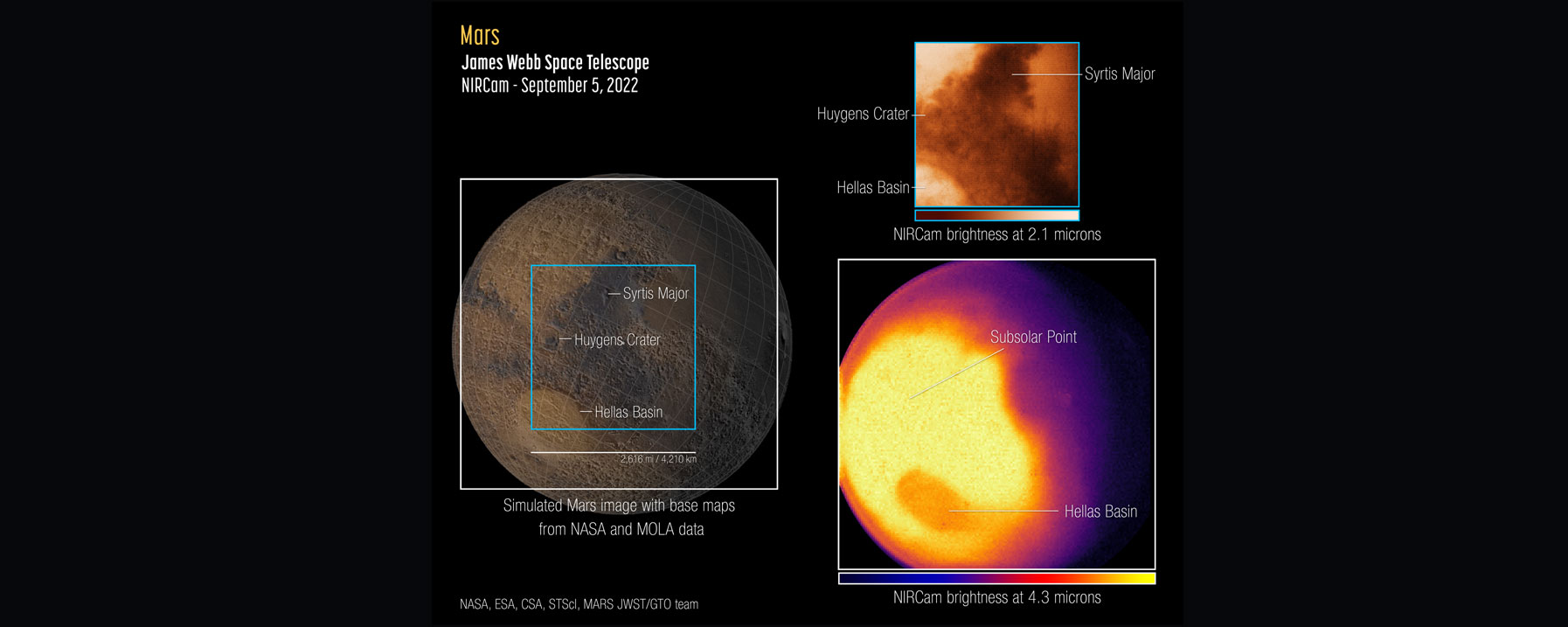
Mars Is Mighty in First Webb Observations of Red Planet
NASA’s James Webb Space Telescope captured its first images and spectra of Mars Sept. 5. The telescope, an international collaboration with the European Space Agency and Canadian Space Agency, provides a unique perspective with its infrared sensitivity on Earth’s neighboring planet, complementing data being collected by orbiters, rovers, and other telescopes.
For more information or to learn about other happenings at NASA’s Marshall Space Flight Center, visit NASA Marshall. For past issues of the ICYMI newsletter, click here.



